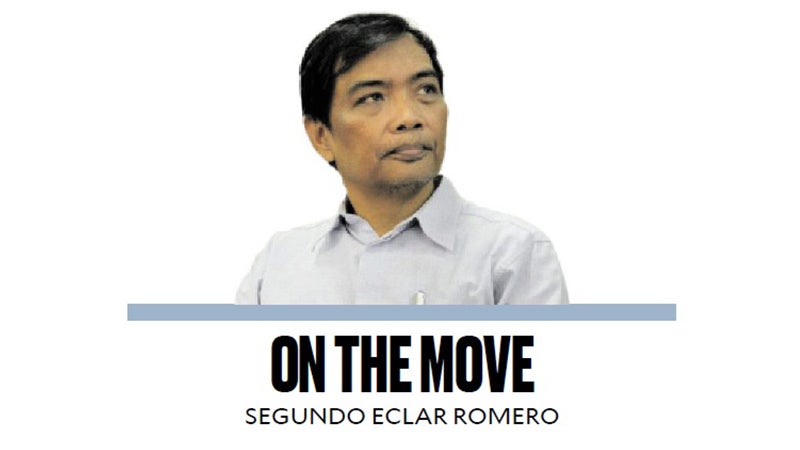Boundary disputes are preventable disasters

The issue of unsettled and disputed boundaries between local government units (LGUs) in the Philippines is a prevalent problem that hampers their ability to formulate comprehensive development and land use plans. This situation arises from a confluence of factors, including historical ambiguities, lack of clear demarcation, and conflicting claims based on various interpretations of legal documents and historical records.
While there’s no definitive nationwide data on the exact number of LGU boundary disputes, several indicators point to their prevalence. Wikipedia has a list of ongoing and unresolved internal boundary disputes in the Philippines involving barangays, municipalities, and even provinces.
The Supreme Court has handled numerous cases related to LGU boundary disputes, highlighting the frequency and complexity of such issues. Some notable examples include Municipality of Pateros v. Court of Appeals (2009), Barangay Mayamot, Antipolo City v. Antipolo City (2011), and Municipality of Calaca, Batangas v. Municipality of Balayan, Batangas (2018). Boundary disputes often make headlines in local news, underscoring their impact on communities and local governance.
There are many reasons for the prevalence of boundary disputes among LGUs. Many LGU boundaries were established during the Spanish and American colonial periods, often based on vague descriptions or natural landmarks that have shifted or disappeared over time. In some cases, boundaries were never properly surveyed or demarcated on the ground, leading to confusion and conflicting interpretations. Different LGUs may interpret historical documents, maps, or oral traditions differently, leading to overlapping claims over the same territory. As populations grow and areas develop, competition for resources and land can intensify, leading to disputes over previously uncontested boundaries. In some cases, boundary disputes may be fueled by political considerations, such as access to voters or control over valuable resources.
Boundary disputes have common characteristics that could be addressed systematically. Here are illustrative cases: The Bagac-Mariveles Boundary (Bataan) is a dispute over a 4-square-kilometers plot of land between these two towns, with the private owner reportedly paying taxes to Mariveles despite the land being claimed by Bagac. The Caloocan-Quezon City Boundary (Baesa) line remains unresolved, leading to disagreements over which city has jurisdiction over the area, affecting tax collection, land use, and access to resources. Even after a Supreme Court ruling transferred the jurisdiction over this barangay from Makati to Taguig, disputes persist over its exact boundaries with neighboring barangays.
Unsettled boundaries create uncertainty for LGUs, hindering their ability to make long-term plans for infrastructure, zoning, and resource management. Boundary disputes can deter investors due to the legal and financial risks associated with contested territories. Disputes can lead to conflict between communities and even violence, undermining social cohesion and development efforts.
As far as LGU boundary disputes are concerned, there is nothing more complex, drawn out, and extensively covered in the mass media than the dispute between the municipalities of Balilihan and Sevilla over Bugwak Spring in Bohol. After the dispute flared up in May 2022, it appeared to be resolved in June 2023 when Bohol Gov. Aris Aumentado intervened and conducted dialogues between the two parties. There appeared to be a real breakthrough in the dialogues when Sevilla agreed not to object to the restoration of the pump if Balilihan reapplies for a water permit acknowledging the spring’s location in Sevilla.
But the dispute continued, until this February, when the National Water Resources Board ruling effectively resolves the dispute in favor of Balilihan, allowing their water extraction project to proceed, even as it acknowledged hat the National Irrigation Administration, as agent of the NWRB, mistakenly identified Bugwak Spring within Balilihan territory, which sparked the dispute.
The NWRB’s ruling effectively resolves the dispute in favor of Balilihan, allowing their water extraction project to proceed. So, is this dispute finally over, or will the two municipalities continue to agonize over this dispute for years to come? How does this case help avoid future boundary disputes which are virtually preventable man-made disasters?
Much needs to be done to prevent and resolve similar disputes that stymie the development efforts of local governments, already beleaguered by low levels of resources and lack of capabilities and opportunities. There is a need to (1) strengthen the laws and regulations on boundary demarcation and dispute resolution, (2) conduct accurate surveys and create clear maps to help resolve ambiguities and prevent future disputes, (3) build the capacity of LGUs to manage land use and development issues to prevent and resolve disputes, and (4) encourage LGUs to engage in good-faith negotiations and mediation to help resolve disputes amicably.
—————–
doyromero@gmail.com


















